To avoid the risk of African swine fever re-emergence, the specialized agency of Lai Chau Department of Agriculture and Environment recommends that farmers be cautious and strictly follow technical and biosafety procedures when reinvesting.
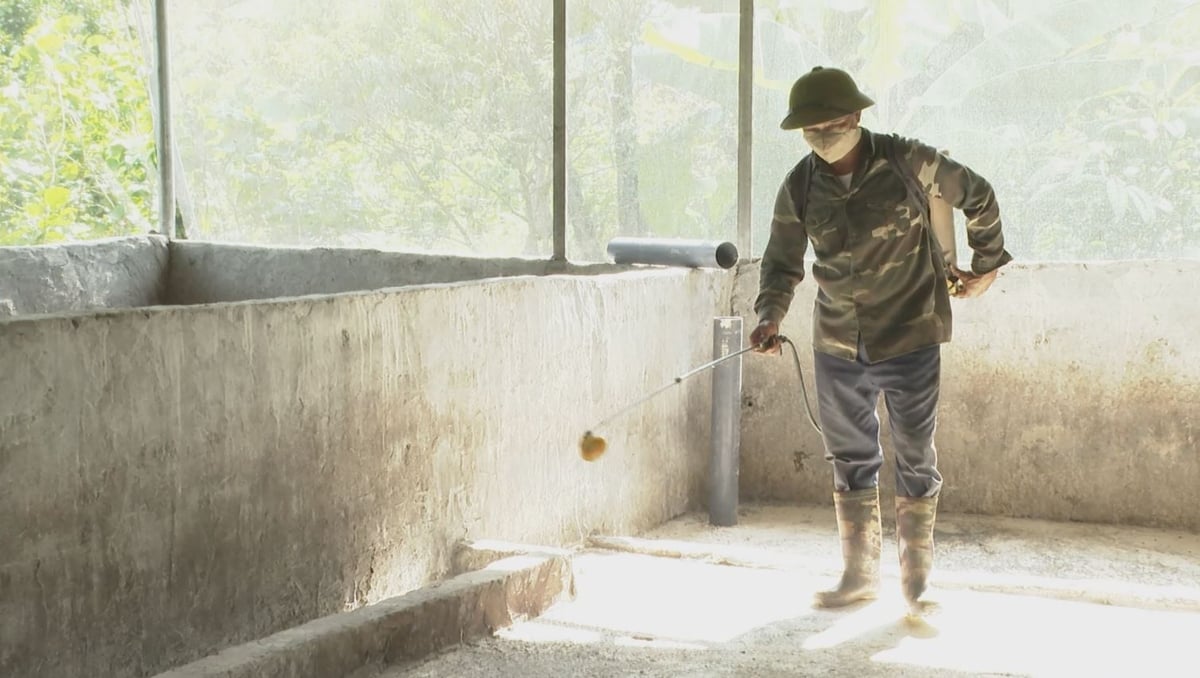
People spray pesticides at their farms before re-herding in Lai Chau . Photo: Duc Binh.
Up to this point, 4 communes Bum To, Pa U, Pu Sam Cap and Nam So have gone 21 days without new African swine fever cases.
Meanwhile, the five communes of Ta Tong, Dao San, Khong Lao, Muong Te and Hua Bum continue to protect their livestock well. This is a positive sign for disease control. However, authorities still warn that the re-herding of livestock, especially pigs in localities, must be done with extreme caution, avoiding complacency leading to the risk of disease recurrence.
Mr. Vu Manh Tuong, Head of the Veterinary General Department (Department of Livestock and Veterinary Medicine of Lai Chau) said: "To successfully protect the results of disease prevention and control and restore sustainable production, people need to be careful and strictly comply with regulations on organizing pig herd restoration.
Only repopulate pig herds at facilities that have never had African swine fever or have been at least 21 days since the last case and have not reoccurred. Repopulating facilities must ensure disease safety and biosecurity, and can be certified by VietGAHP, GlobalGAP or confirmed to meet the requirements of local authorities and veterinary agencies.
For herd restoration facilities, livestock owners must declare their herd restoration plans to local authorities; have standard barns, care systems, drinking water, food, veterinary hygiene, etc. in compliance with the provisions of the Animal Husbandry Law. For large-scale livestock, environmental samples must be periodically taken for testing to check for African swine fever pathogens.
In addition, farmers need to raise a small number of pigs in the initial stages to monitor and restore the herd. Closely monitor the experimental herd every day, and if there are any unusual signs, immediately notify veterinary staff and authorities for timely handling.
After the trial period, if the test results are negative and the pigs show no signs of disease, the farmer can fully restore the herd, reaching 100% capacity.
Local authorities and veterinary agencies are responsible for checking the conditions for herd restoration, supervising the implementation; providing technical guidance and ensuring disease prevention throughout the herd restoration process.
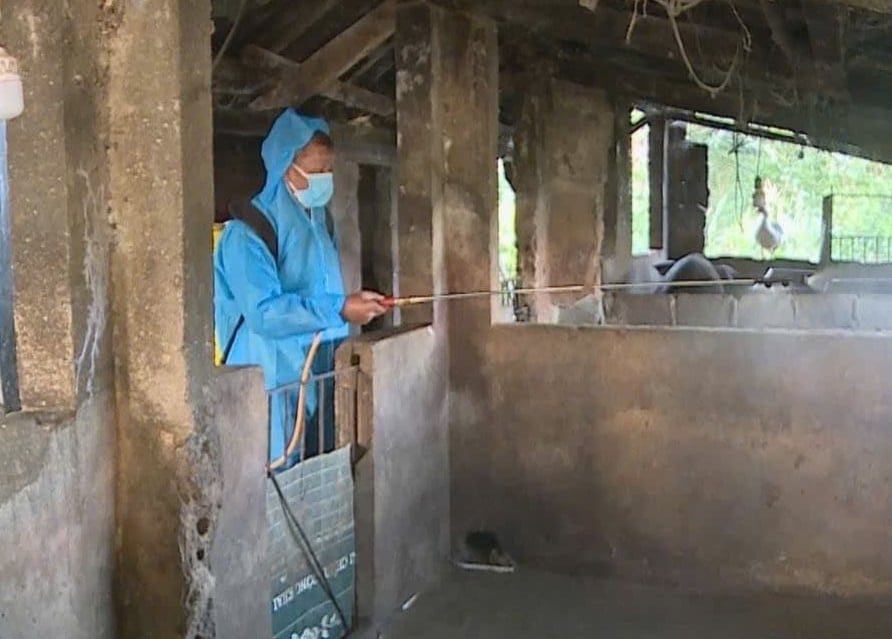
Authorities recommend that farmers be cautious in the process of repopulating their pig herds. Photo: Duc Binh .
In Tan Uyen commune, in addition to disease prevention and control work, commune officials and civil servants actively advise people to be cautious when re-herding. Ms. Tong Thi Kim Van, Deputy Head of the Commune Economic Department, shared: "Currently, the African swine fever situation in the area is gradually under control. We have stepped up propaganda for people about the instructions of veterinary agencies when re-herding to ensure effectiveness. People are very supportive and comply with regulations."
Pig herd restoration is an inevitable need in post-epidemic production recovery. However, if we are subjective, hasty, and do not strictly control, the consequences could be a resurgence of the disease with a more serious level. Therefore, people need to strictly comply with regulations on biosecurity in livestock farming.
In the context of the pork market still having high demand and about to increase sharply at the end of the year, if the herd is restored with the right technique and safety factors are ensured, not only will production be restored but there will also be an opportunity to increase income.
To accompany and help livestock farmers, in the coming time, specialized agencies of the province, communes and wards will continue to coordinate to strictly inspect and quarantine at checkpoints. At the same time, livestock farmers need to apply effective disease prevention and control measures and only re-herd when they have ensured the regulations according to the instructions.
According to statistics from the Department of Animal Husbandry and Veterinary Medicine (Department of Agriculture and Environment), since the beginning of the year, the whole province has recorded 35 outbreaks of African swine fever in 33 communes and wards, forcing the destruction of more than 13,200 pigs with a total weight of nearly 697,000 kg, belonging to 3,349 households of 397 residential groups and villages.
Source: https://nongnghiepmoitruong.vn/than-trong-tai-dan-lon-vi-dich-d784685.html










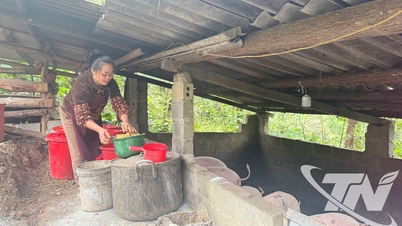

![35 years of building a high-quality cattle herd: [Part 2] Farmers benefit](https://vphoto.vietnam.vn/thumb/402x226/vietnam/resource/IMAGE/2025/11/17/1763332061992_3108-2-nongnghiep-163058.jpeg)
![35 years of building a high-quality herd: [Part 1] Crossbreeding journey](https://vphoto.vietnam.vn/thumb/402x226/vietnam/resource/IMAGE/2025/11/16/1763280452986_0239-3-160957_743.jpeg)


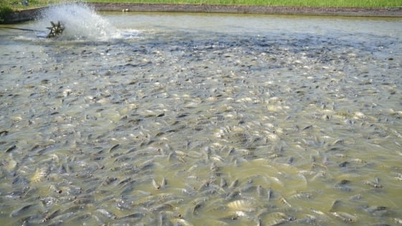




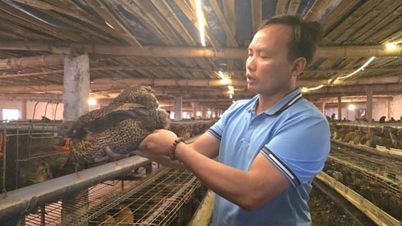






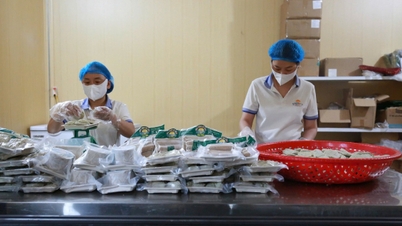
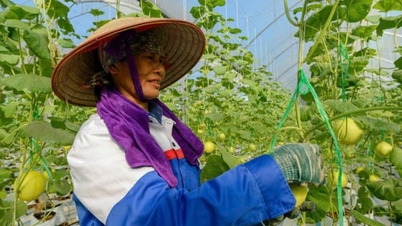

![35 years of building a high-quality cattle herd: [Last article] Continuing achievements](https://vphoto.vietnam.vn/thumb/402x226/vietnam/resource/IMAGE/2025/11/18/1763418782764_5239-anh-gia-trai-bo-o-ca-1-1-nongnghiep-175228.jpeg)



![[Photo] General Secretary To Lam and National Assembly Chairman Tran Thanh Man attend the 80th Anniversary of the Traditional Day of the Vietnamese Inspection Sector](https://vphoto.vietnam.vn/thumb/1200x675/vietnam/resource/IMAGE/2025/11/17/1763356362984_a2-bnd-7940-3561-jpg.webp)













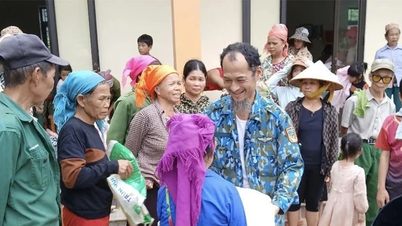
























































Comment (0)